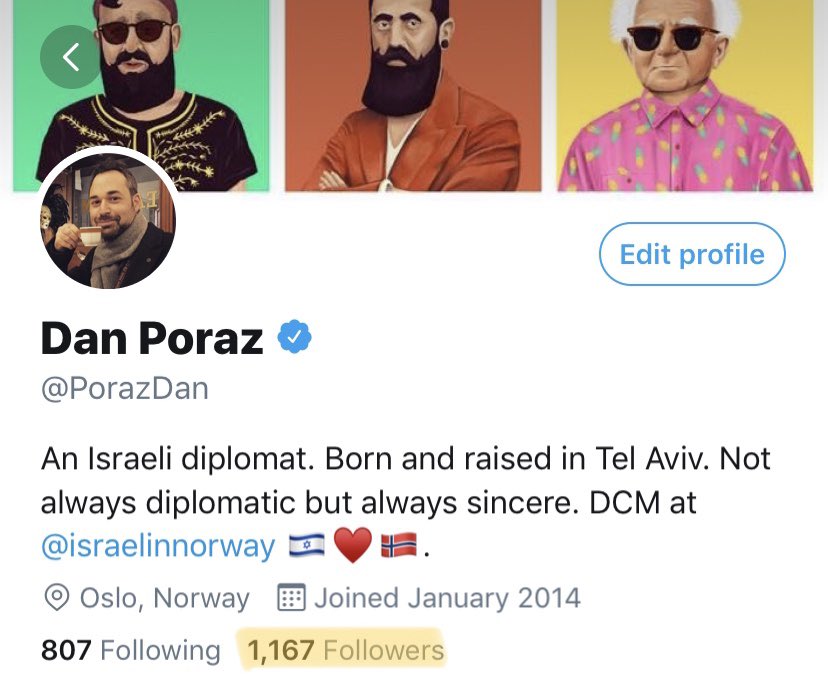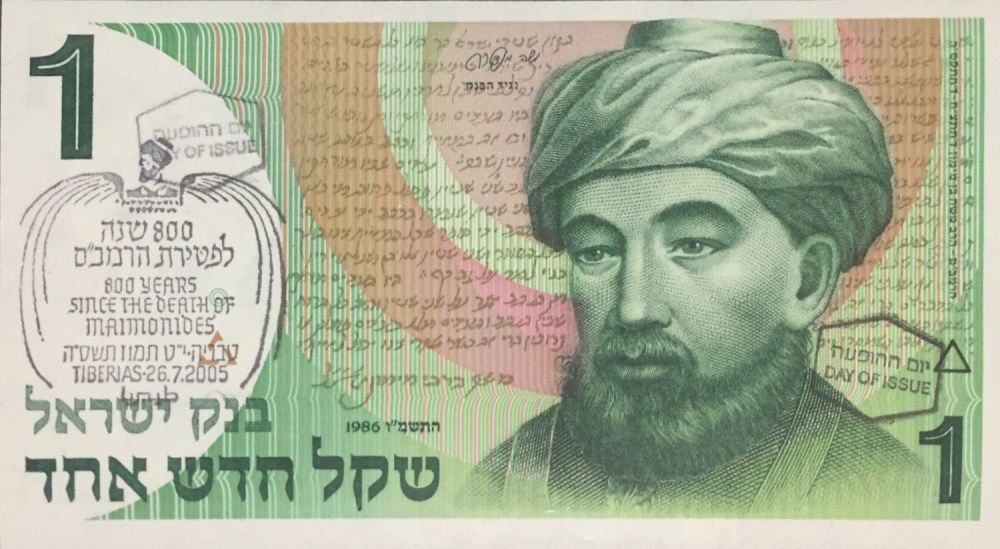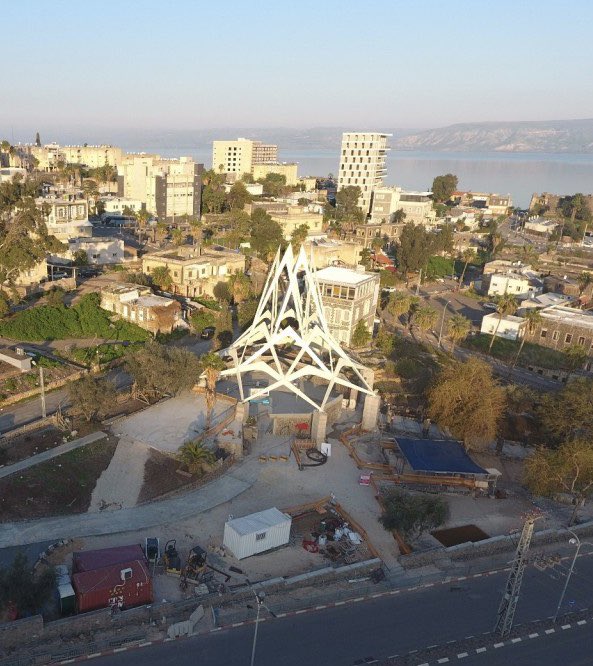The (initial) formation of Muslim communities in the eastern Balkans was due to Turcoman colonization, a product of geography.
I would only recommend this book to people already familiar with Ottoman history.
Keep Current with Mir Khvand
This Thread may be Removed Anytime!
Twitter may remove this content at anytime, convert it as a PDF, save and print for later use!

1) Follow Thread Reader App on Twitter so you can easily mention us!
2) Go to a Twitter thread (series of Tweets by the same owner) and mention us with a keyword "unroll"
@threadreaderapp unroll
You can practice here first or read more on our help page!








